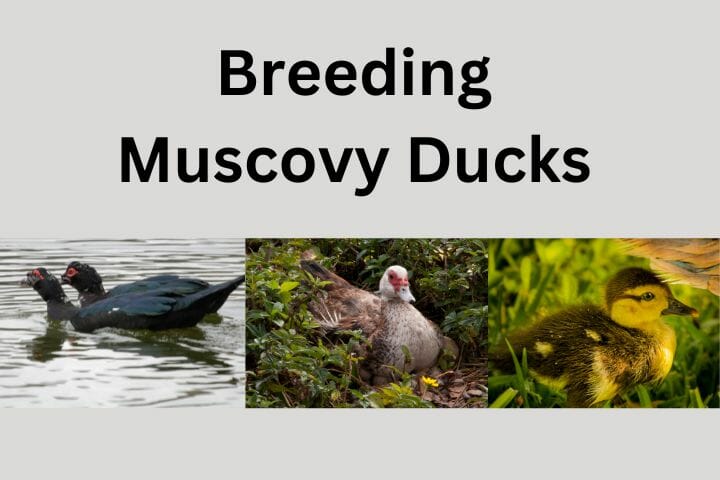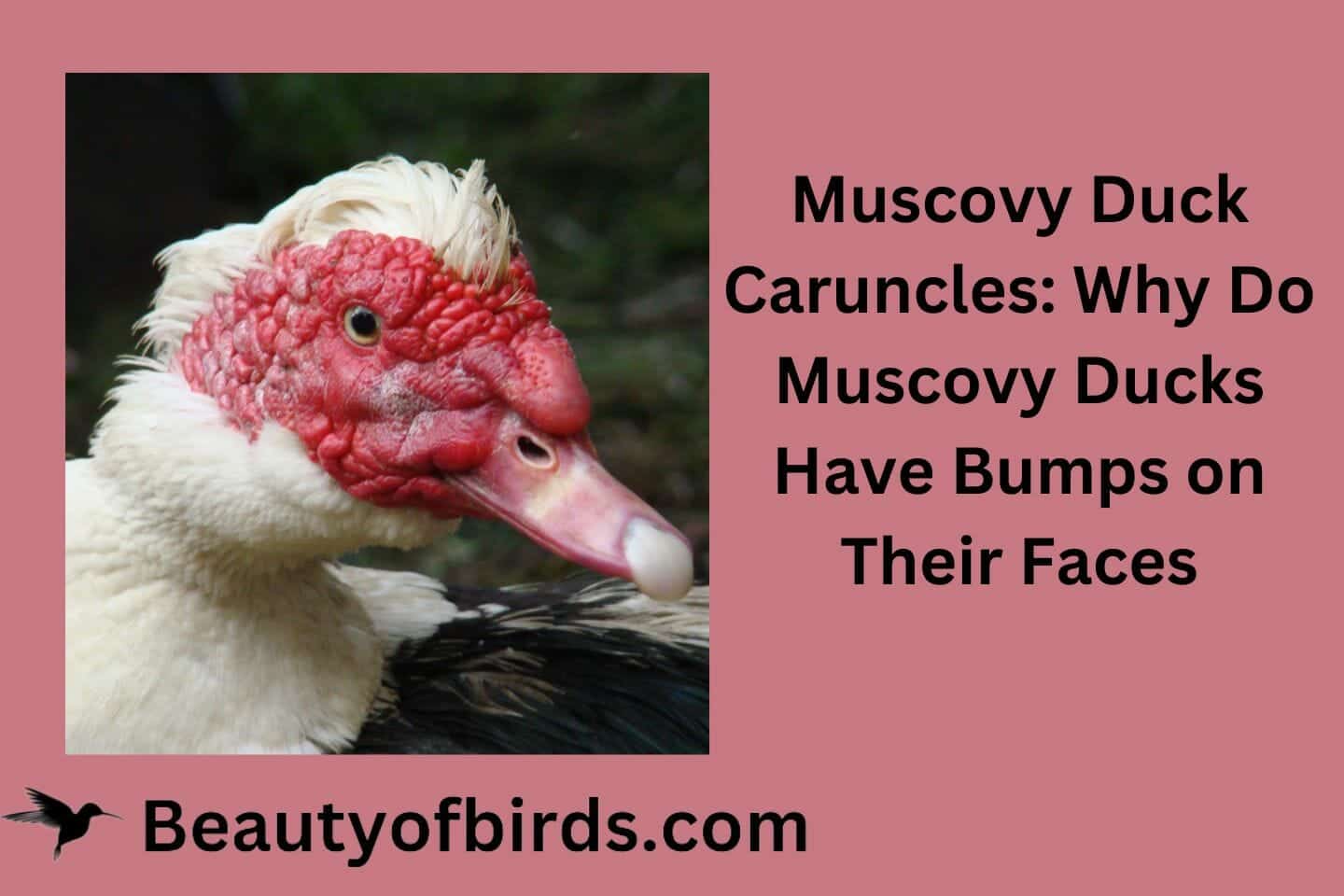Brown eared Pheasant (Crossoptilon mantchuricum)
The Brown Eared Pheasant, Crossoptilon mantchuricum, is endemic to the mountain forests of China.
Due to isolated population, deforestation, and illegal hunting, the Brown Eared Pheasant is evaluated as Vulnerable on the IUCN Red List of Threatened Species. It is listed in Appendix I of CITES.
Description:
The Brown eared Pheasant is a large pheasant that is up to 39 inches (100 cm) long.
Its hair-like and beautiful glossy brown plumage is very ornamental. This pheasant has a black crown and long creamy white ear tufts.
The bare facial skin and legs are crimson-red, but the bird is most notable for its prominent white cheek tufts that extend from the base of the bill, somewhat resembling an up-turned moustache.
The rump is light cream and the tail feathers have a black edging. These feathers are very wide and usually held high to form a lovely arch of soft fronds.
The males and the females are almost identical. The only difference is the size, as the female is generally smaller. But it is the spurs that are normally used to sex the birds. The male’s spurs are rounder at the base whereas the hens are more oval.
Immature birds are very difficult to sex and many people choose DNA sexing as a way to conclusively identify the bird’s gender.
Diet:
Its natural diet consists mainly of roots, bulbs, and plant matter.
Keeping and Breeding the Brown-eared Pheasant
These ornamental pheasants are fun birds and extremely easy to care for. They are generally calm and non-flighty birds that are easily tamed due to their friendly and curious nature.
Some even learn tricks and love to show them off when presented with a willing audience. They will quickly eat out of your hand and follow you around.
This being said, the males can become aggressive enough to attack humans during the breeding season. Some males have aggressive tendencies year-round.
Housing / Accommodation:
These birds are very hardy and enjoy being out in the snow, rain, wind, and sun. A large, well-drained, and shady aviary is best suited for this species. Eared Pheasants love to dust and sun themselves.
They put their beaks to good use in aviaries digging out logs and plants. However, some plants manage to survive. Non-toxic hedges or spreading plants are recommended.
During the breeding season, the male will often turn to one side and lower one wing to assert his dominance. A willing female may crouch down and make purring-like noises.
They usually start to breed in the second year. The breeding season stretches from April to June. The hen lays 5 to 8 eggs, the color of which is a pale stone green. She incubates the eggs for 26 to 28 days.
- More information on Breeding.
Diet:
Their natural diet consists of leaves, shoots, seeds, insects, and worms. Brown Eared loves greens and they should be offered as often as possible. They should also be provided with fresh fruit and vegetables.
They may have some mealworms or other live food a few times a week and some grain with a few peanuts.
(Please note: Peanuts are often contaminated with aflatoxin, a fungal toxin. Aflatoxin is carcinogenic and causes liver damage in birds and other animals. Roasting reduces aflatoxin but does not eliminate it.
North American peanut producers are currently working on eliminating contaminated peanuts from their products. Especially peanuts with dark spots on them should be considered suspect, but even those that look clean and perfect could be contaminated.)
Many of them enjoy whole wheat bread soaked in milk. This is only an occasional treat.
Tip: Hiding medication in their favorite foods is a stress-free, convenient way to administer medicine.
Other Related Web Links: Pheasant General Information … Pheasant Species … Pheasant Taxonomy … Breeding Pheasants … Pheasant Photo Gallery … Housing Pheasants … Pheasant Diseases





